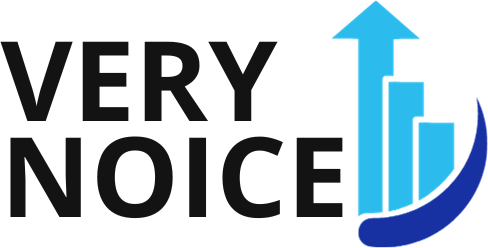Technology is changing the way people work. With so much information available in digital format, it’s easier than ever before to connect with clients, employees, and business partners. From managing your social media accounts to developing marketing campaigns or creating invoices, technology has made it infinitely faster for businesses of all sizes to expand their reach and accomplish more in less time.
New tools and apps are also making businesses leaner and more streamlined. Business owners can save money and increase productivity at the same time. With that said, here are ways technology can help your business financially healthy:
1. Remote Work
One of the best ways businesses can save money and boost productivity is by allowing employees to work remotely. Research shows that people who work from home, either one or two days a week, are 9 percent more productive than those who sit in an office all day. Workers also appear to be happier and less stressed. Remote working creates a more flexible workforce, adding a sense of freedom and responsibility to the job.
2. Automation Is Key
Technology can automate tasks in your business, making the process more efficient.
For example, when it comes to invoicing, you can create automated emails that let customers know their invoice is ready and where they can download it on their devices. You can also set up automatic reminders if a customer needs to send payment. Invoicing is just one example of how automation can help your business save time and money. You’ll also need a system to track how much of one product you have in storage.
3. Inventory Tracking
Inventory is a significant investment for business owners, but it can be challenging to keep track of everything you have. Fortunately, new inventory tracking apps allow you to scan barcodes on items and send the information where you want. For example, suppose your company uses different locations throughout the country or world with limited physical space. You can simply scan all your products and then tell the app where to send each item.
You can also use inventory management software to track how much product you have on hand, especially if you run a store. Some software also has a feature showing how much you sold and what you’re expecting to sell soon. This way, you can keep a close eye on your expenses, maximize your profits, and know how much to order from your suppliers.
4. Fleet Tracking and Navigation
If you’re in the transportation or taxi industry, you can use fleet-tracking software to track your vehicles no matter where they are. Whether your drivers work for you full-time or on a freelance basis, this software lets them know where they need to pick up and drop off customers without having to ask repeatedly.
You can also use GPS-based apps to keep an eye on your fleet in real-time. This type of technology is ideal for companies with a large fleet or multiple drivers responsible for transporting customers. These apps also give navigation updates and help drivers avoid accident-prone areas.
In any case, you’ll also be able to monitor where everyone is on the road. In case of an accident, you can immediately call emergency services and a car crash lawyer. That way, they can be on the scene as soon as possible and you can prepare your company for any future litigation.
5. Customer Relationship Management (CRM) Software
Having access to the right customer relationship management software means you’ll always be up-to-date with your clients. Not only that, but it allows you to track all interactions with your customers, including phone calls, emails, and face-to-face meetings.
Keeping all of this information in one place makes it easy to follow up with leads or lost clients because you can go back into the system to retrieve their contact information. Customer relationship management software also lets you track deals and transactions. This means you’ll always know how much a customer has spent with your business over a specific period. Having access to detailed reports gives business owners insight into their operations and potential risks, helping them make informed decisions about the future of their company.
6. Paperless Offices

Going digital means spending less on paper for printed materials like reports and contracts. As more businesses go paperless, you can save the money you will have spent on printing and simply signing documents electronically.
You can also use apps like DocuSign to send contracts back and forth without printing them first. Once both parties agree on the terms, they’ll be able to access any document or file online. This saves a significant amount of time and money for a business.
Lastly, going digital helps the environment because you’re not using as much paper. Being eco-friendly is both good for your budget and Mother Earth!
As you can see, there are endless ways for businesses to save money with technology. Some technologies mentioned here might be out of your price range. But these investments are worth looking into since they’ll help streamline operations and eliminate unnecessary expenses.

